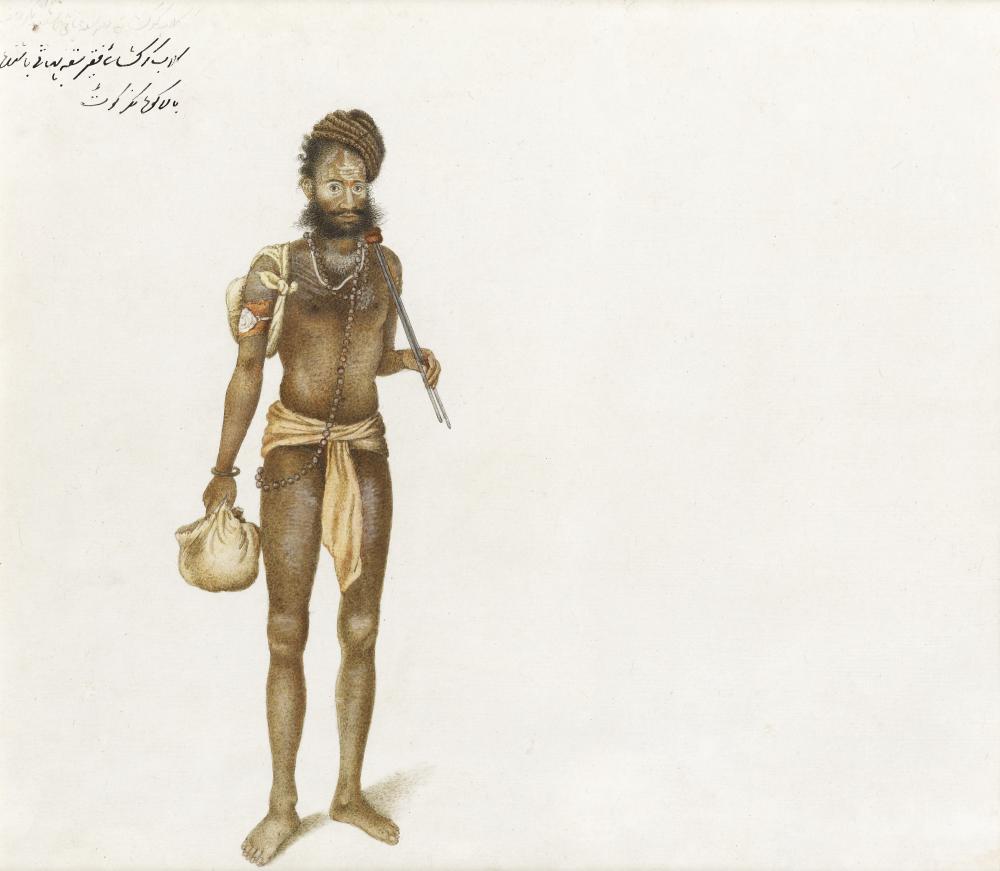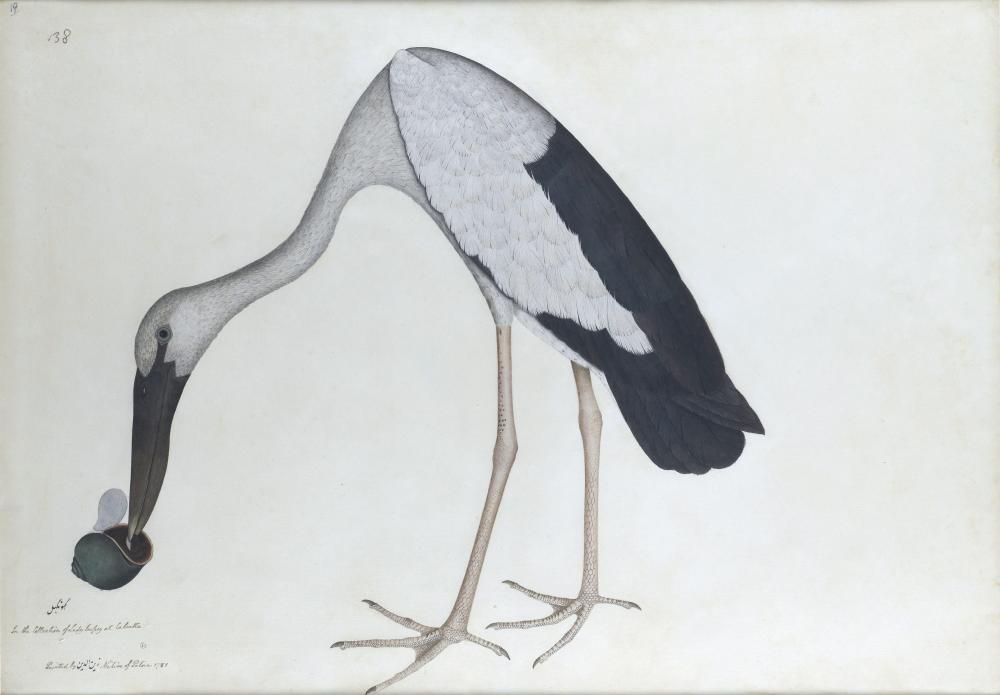THOMAS DANIELL, R.A. AND WILLIAM DANIELL
(1749 -1840) (1769-1837)
The Purana Qila, Delhi
Engraved: The Western Entrance of Shere Shah's Fort, Delhi, aquatint by Thomas Daniell for Oriental Scenery, Vol. 1, no.13, March 1796
Provenance
The Bromley-Davenport family, Capesthore Hall, Cheshire
Messrs. Gooden & Fox, 1951;
acquired by Sir John Burder for the Peninsula and Oriental Steam Navigation Company (P & O) Collection
Exhibited
Commenwealth Institute, London, The Daniells in India 1786-1793, 1960, no.33;
Spink & Sons, London, Artist Adventurers in Eighteenth Century India: Thomas and William Daniell, 1974, no.7
Literature
London, Commonwealth Institute, 1960, no. 33; London, Spink & Son, "Artist Adventurers in Eighteenth Century India: Thomas and William Daniell: A Loan Exhibition", 1974, no. 7
Thomas Daniell and his nephew were undoubtedly the most important European landscape artists working in India towards the end of the eighteenth century, and created a vogue in England for Oriental views and architecture in the Indian style, as at Sezincote, where Thomas designed the exotic garden, and later at the Brighton Pavilion. They spent seven years travelling in the subcontinent recording the landscape and architecture, leaving England in 1785 and travelling via Canton to arrive in India in 1786. They made three distinct tours, travelling up the Ganges from Calcutta to Srinagar, 1788-91, toured Mysore from Madras, 1792-3, and finally in 1793 travelled home via Bombay. On their return to England, their watercolours of this far-off exotic land reached a wide audience through the medium of aquatint, when their seminal publication Oriental Scenery included 144 colour plates issued in six parts between 1795 and 1808.
The Old Fort or Purana Qila depicted in the present watercolour had its foundations laid by the second Mughal Emperor, Humayun (1530-56), supposedly on the site of the legendary city of Indraprastha, home of the Pandava heroes of the Mahabharata epic; its construction was completed by the Afghan usurper Sher Shah Sur in the 1540s but Humayun recaptured Delhi in 1555 and died in the fort the following year. The sandstone wall is over a mile in length and is punctuated by three gates; the one shown here is on the western side and the river Jumna lies to the east. Opposite the west gate, on the other side of the modern Mathura road, stands the ruin of a gateway built by Sher Shah. The Daniells have employed some artistic licence in their depiction of this to create a picturesque foreground, but the fort gate itself, constructed of red and yellow sandstone and white marble and surmounted by small chatris or kiosks, looks exactly the same today. The remains of a moat which connected with the River Jumna are just visible.
The Daniells visited Delhi between 16 February and 6 March 1789 and were the first European artists to draw the city’s monuments.


